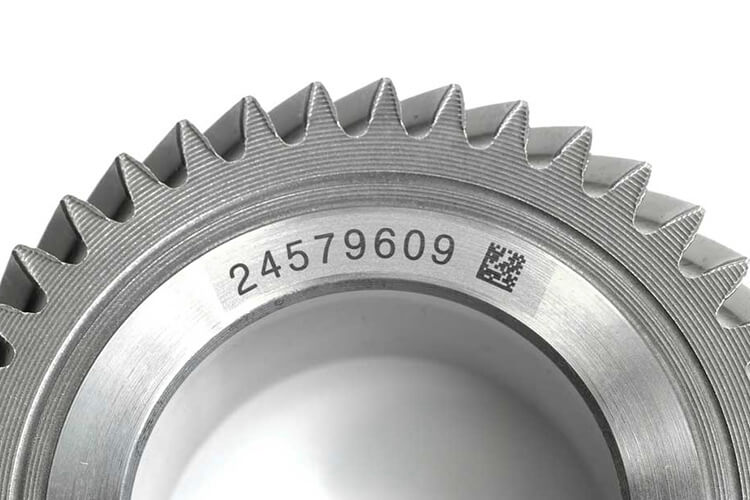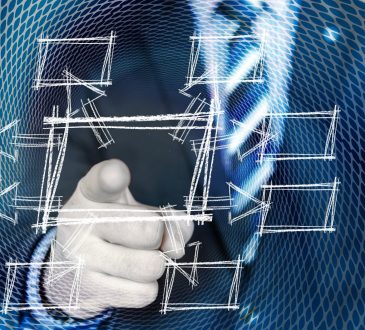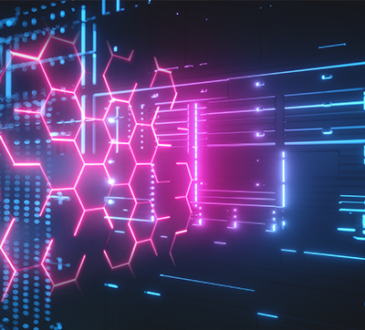
If you want to improve the durability of metal components, you can use laser marking for this purpose. This process uses lasers that are either CO2 or optical fiber. CO2 lasers can provide higher power and are generally cheaper than fiber lasers. Fiber lasers are the best choice for marking on metal parts, because they have a wider range of applications. Fiber lasers can mark on a wide variety of materials, including copper, steel, and aluminum. If you are looking for laser marking on metal components visit this website lasitlaser.pl
Optical fiber lasers
In today’s fast-paced manufacturing world, efficiency, quality, and safety are the top priorities. Fiber Laser marking offers the right balance of these three factors. Fiber Laser technology makes it possible to mark steel parts with serial numbers, internal coding, and more. The fiber laser marks are highly contrasted and legible. The advantages of fiber laser marking far outweigh the disadvantages of other methods. If you’re interested in learning more about fiber laser marking, read on!
The process of laser marking requires careful consideration of the material to be marked. Because different materials absorb wavelengths differently, they react differently to the laser beam. In addition to absorbing different wavelengths, materials have different melting and response to heat. The material’s hardness and melting point need to be considered when selecting a laser source. For example, aluminum melts at a lower temperature than steel, so a higher power laser would be necessary to mark it.
The advantages of fiber lasers are many. First, they are extremely efficient and require far less power than traditional manufacturing machinery. Second, they are also very robust, compact, and air-cooled, which makes them an excellent choice for direct part marking. Finally, they produce a high-quality laser mark without the hassles of complex machining. This makes them ideal for the manufacturing industry and also reduces operational costs.
CO2 lasers
When using CO2 lasers for laser marking on metal parts, the user will first need to apply the metal marking agent to the piece. This process is described in marking standards and specifications and is the preferred method for the IUI system of the United States Department of Defense. This method results in high-contrast marks that are easy to read. CO2 lasers also have the advantage of producing surface markings that have a nice black contrast.
The CO2 laser can be used to mark metal components, including aluminum. This method requires a special paste to adhere the chiseling agent to the metal. The CO2 lasers produce high levels of heat to bond the chiseling agent to the aluminum. Unlike fiber lasers, this process doesn’t affect the material’s integrity. However, it may cost more than fiber lasers for marking metal components.
Fiber lasers are ideal for marking materials that can’t be etched by CO2 lasers. The fiber laser is capable of producing deep etching on aluminum and can also mark titanium. Using a fiber laser, users can even achieve different colors on titanium by adjusting the frequency. For example, a black etch on aluminum will appear on a titanium part marked with a fiber laser.
Fiber lasers
The benefits of fiber lasers for laser marking on metal components are numerous. They don’t generate mechanical pressure, which means they can be used on tiny components such as crystal oscillators and capacitors. In a rapidly evolving industry, efficiency, quality, and safety are essential. As a result, laser marking on small components with fiber lasers is a highly effective option. For instance, a leading supplier’s fiber lasers can deliver 18 W of average power and 1.5 ns pulses.
A fiber laser is capable of performing both marking and engraving processes. It can also be used to produce colored markings on metal components. The process does not involve removing material, but instead creates a chemical change beneath the surface. This process is especially useful for metal components that can’t withstand damage from other laser marking methods. A typical car contains about 30,000 parts, all of which can vary in size and shape. For example, seat belt components may need to be marked with their country of origin, serial numbers, and barcodes. And, for safety reasons, the dashboard components often need to be illuminated during the night.
In addition to speed, fiber lasers have other advantages over other types of lasers. They are able to engrave metal at a high rate with detailed fonts and images. Moreover, they can engrave stainless steel at an angle of 90deg. They are also equipped with adjustable Z-axis, BossMOD rotary axis, and BossMOD rotary axises, which are crucial for engraving. They can be controlled through RDWork or LaserWorks software.
For more valuable information visit this website





